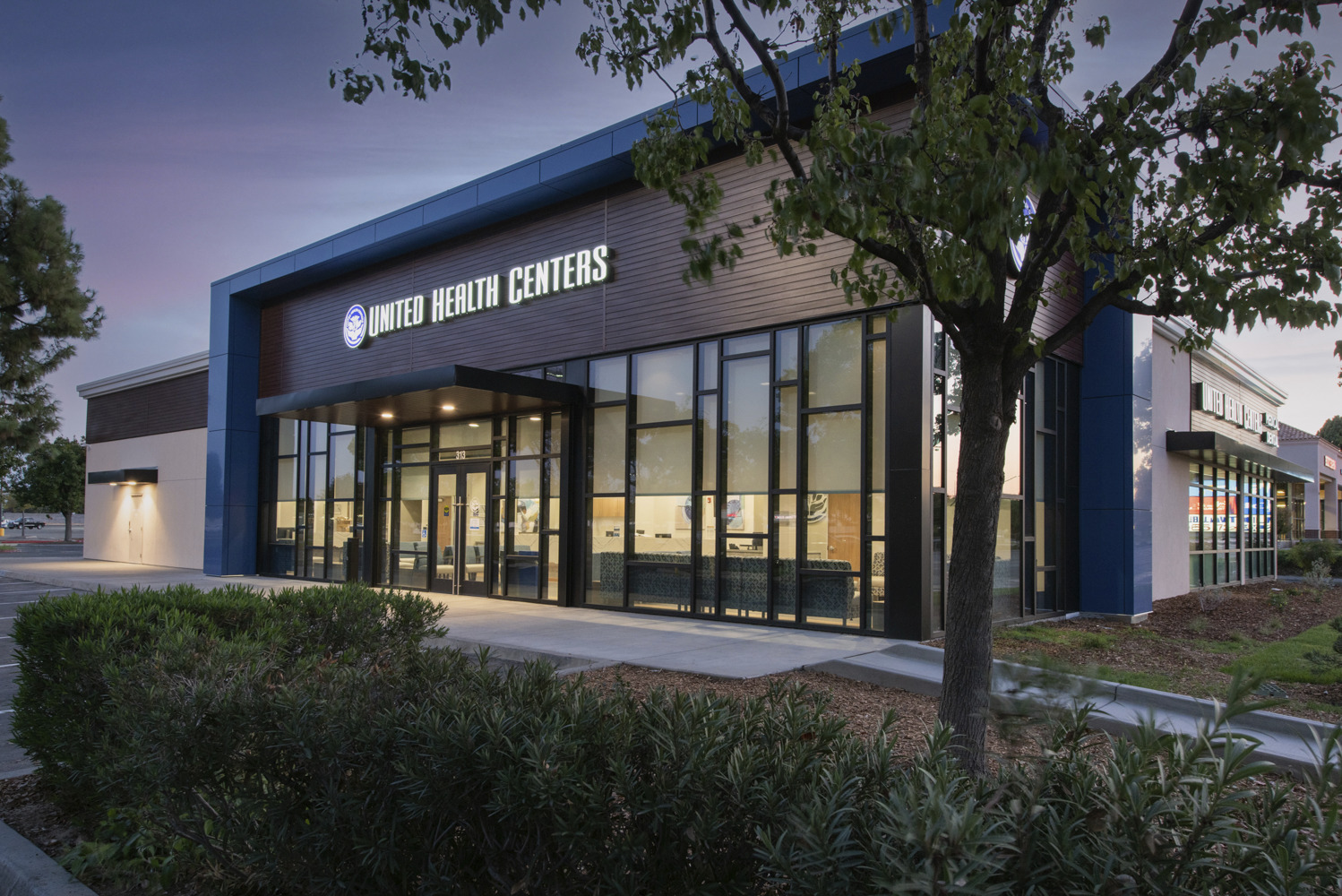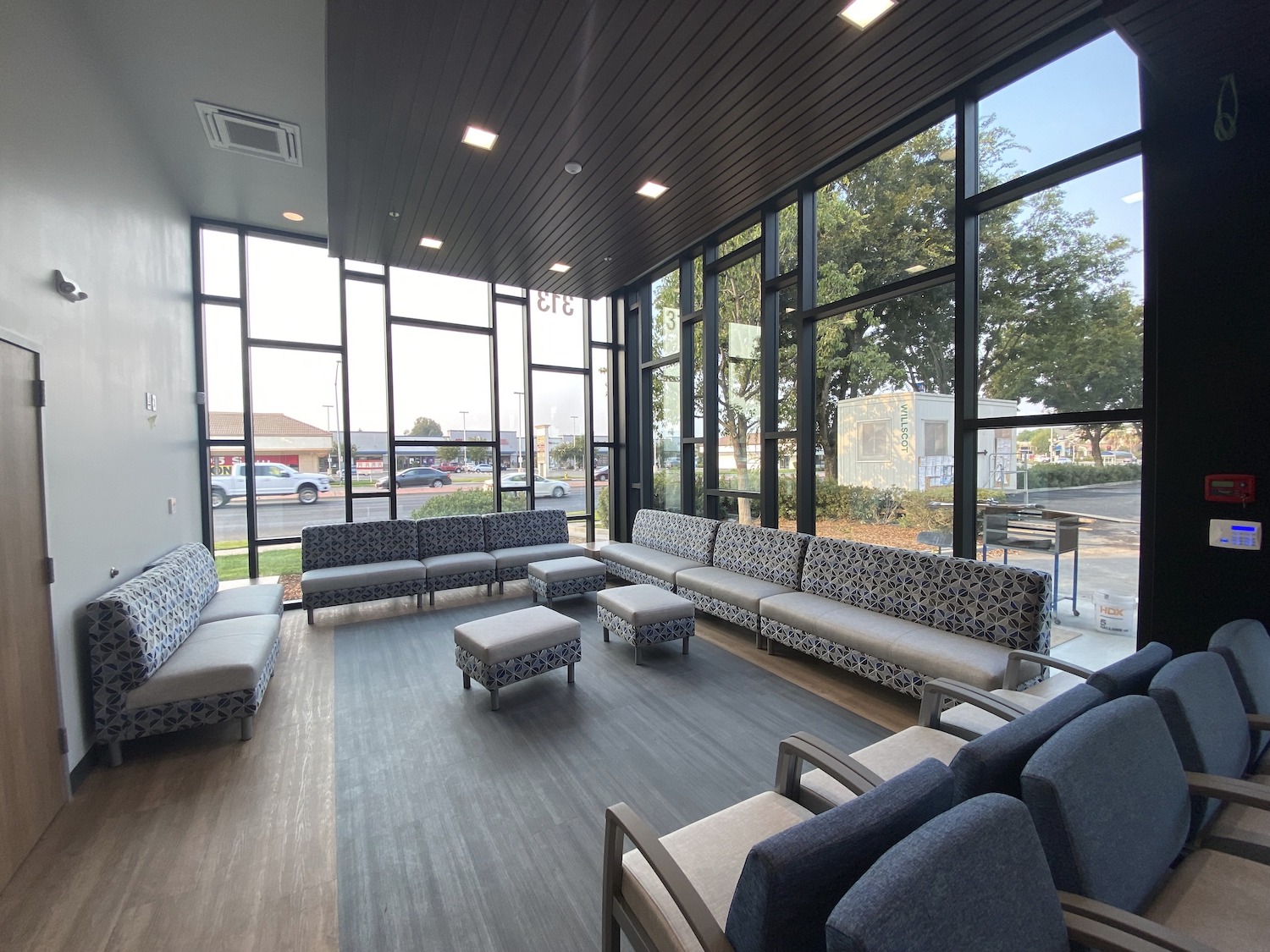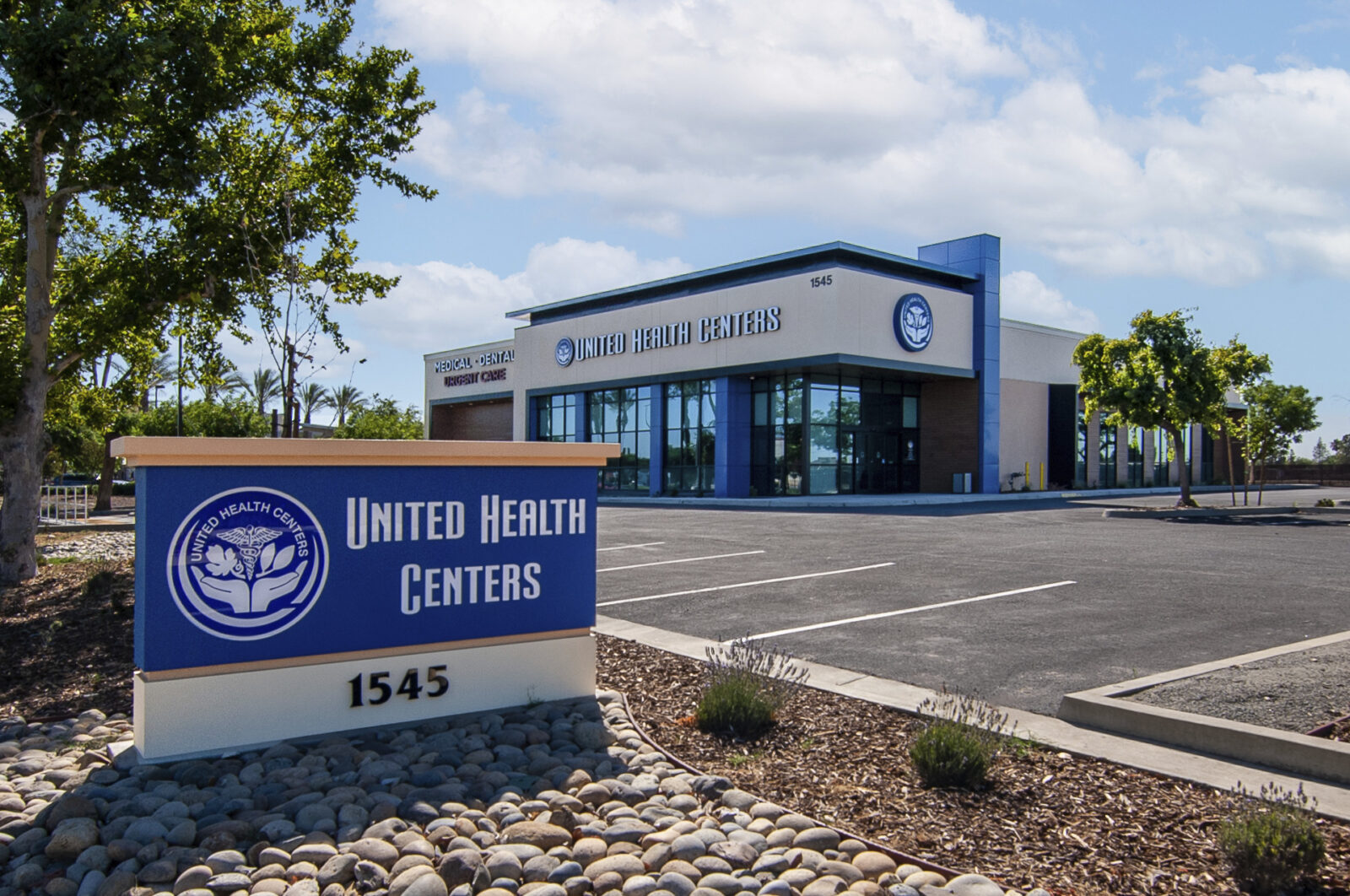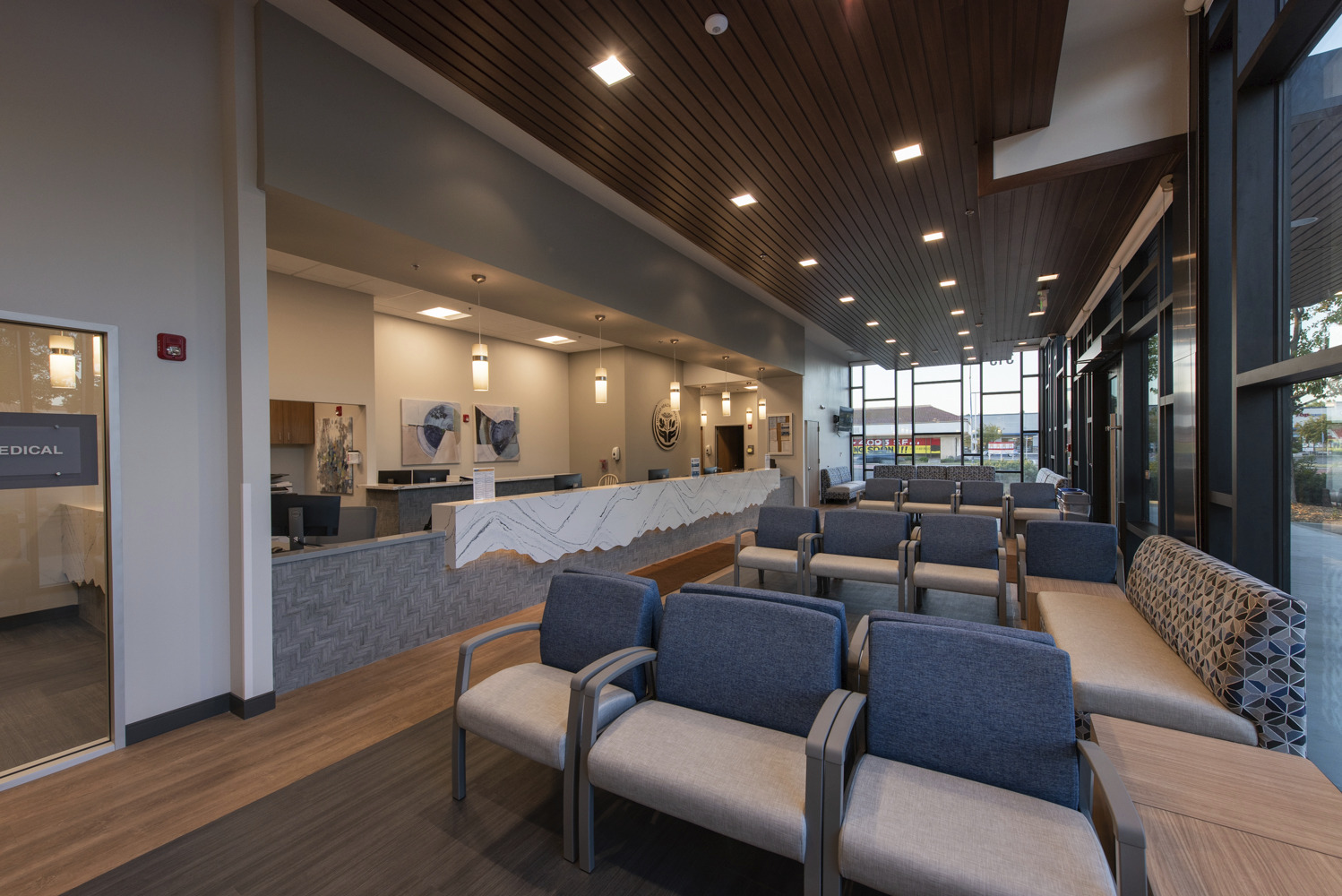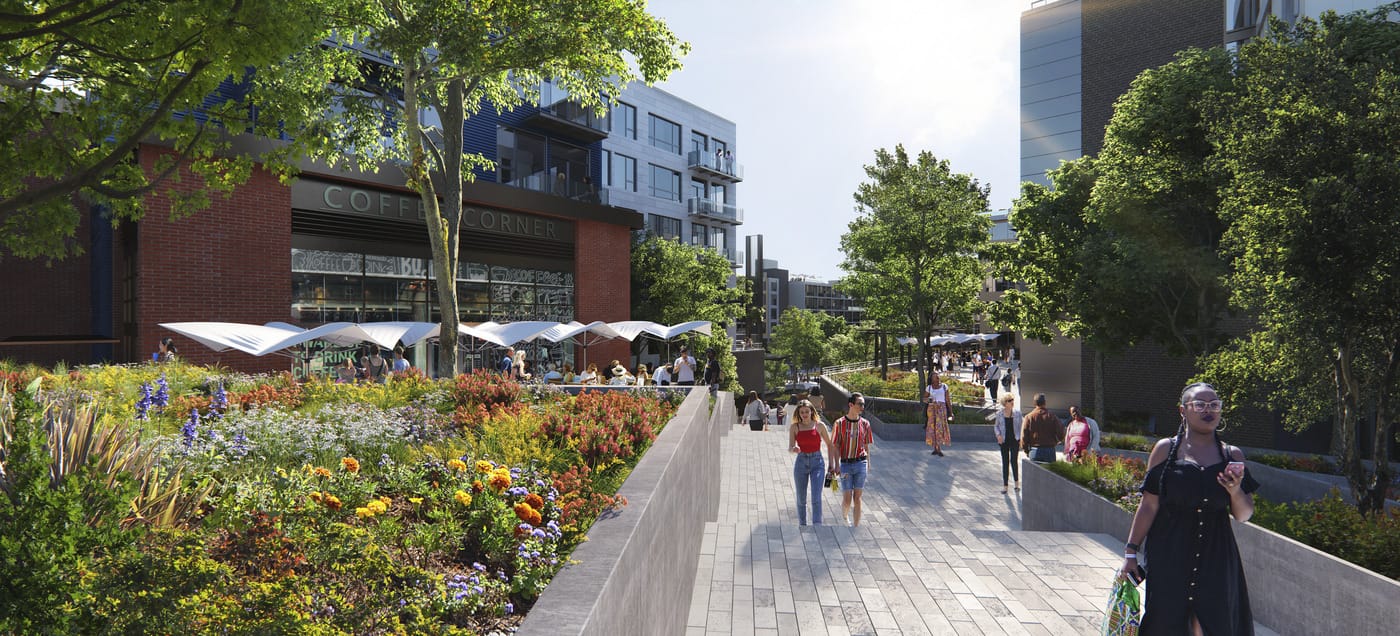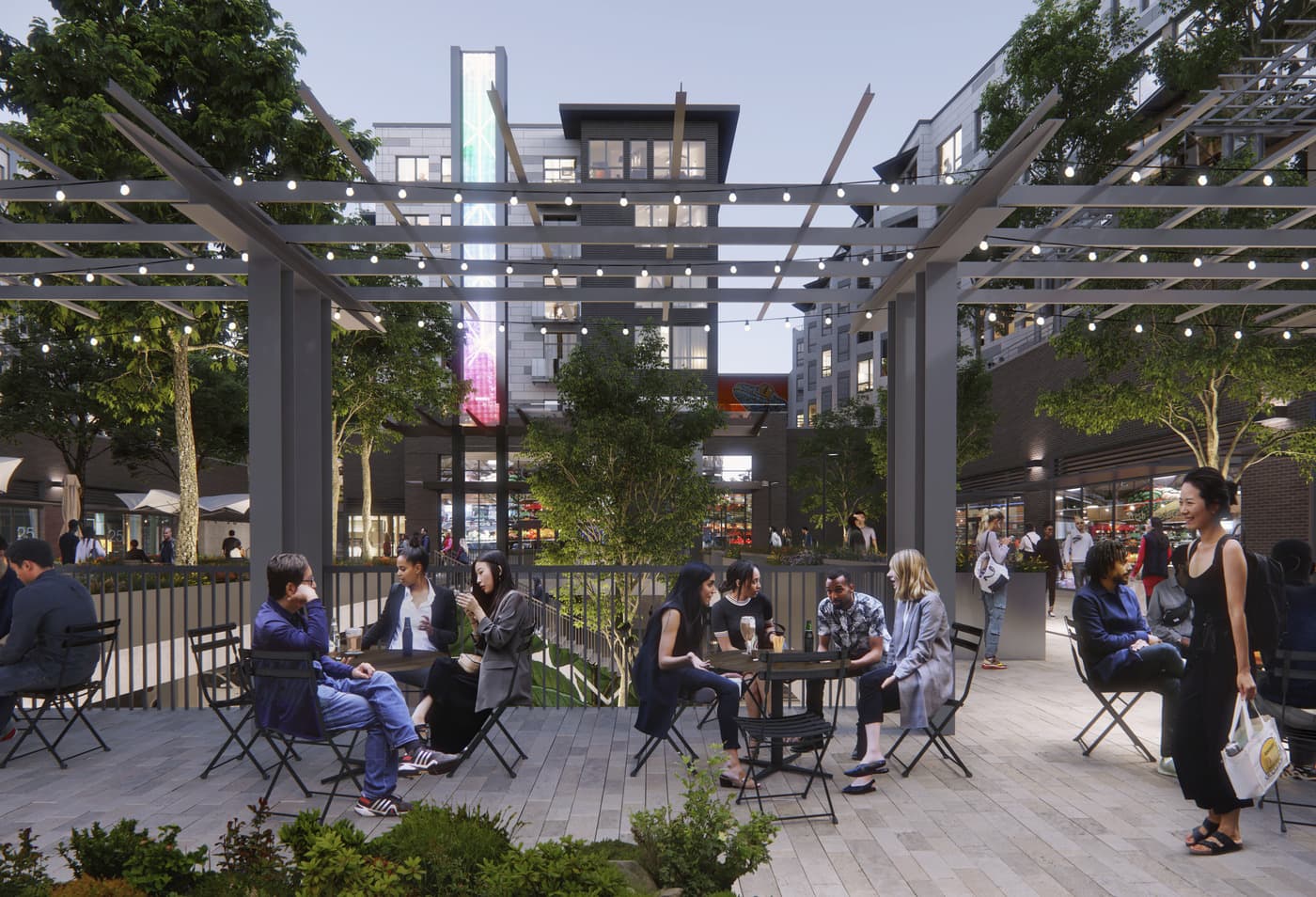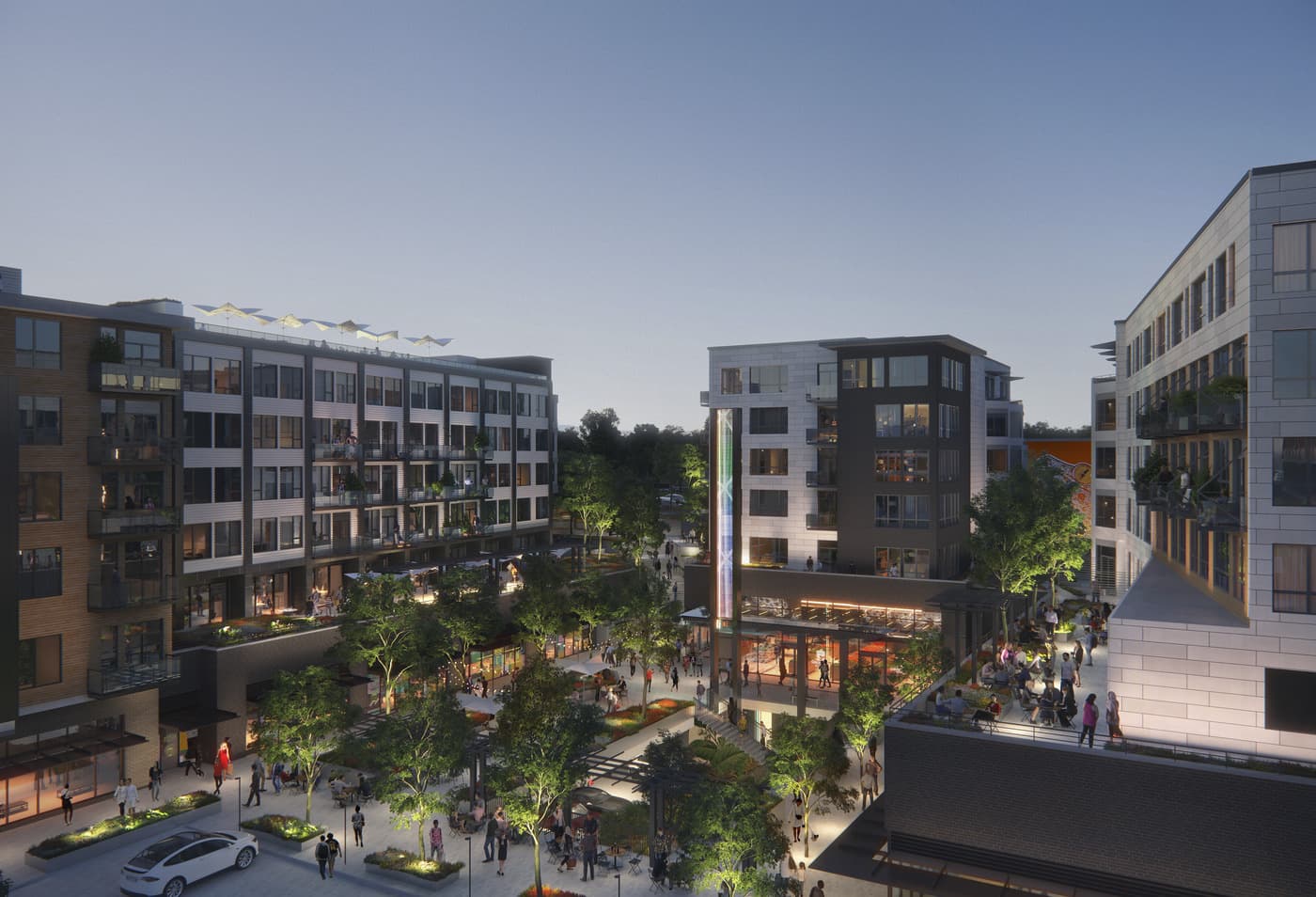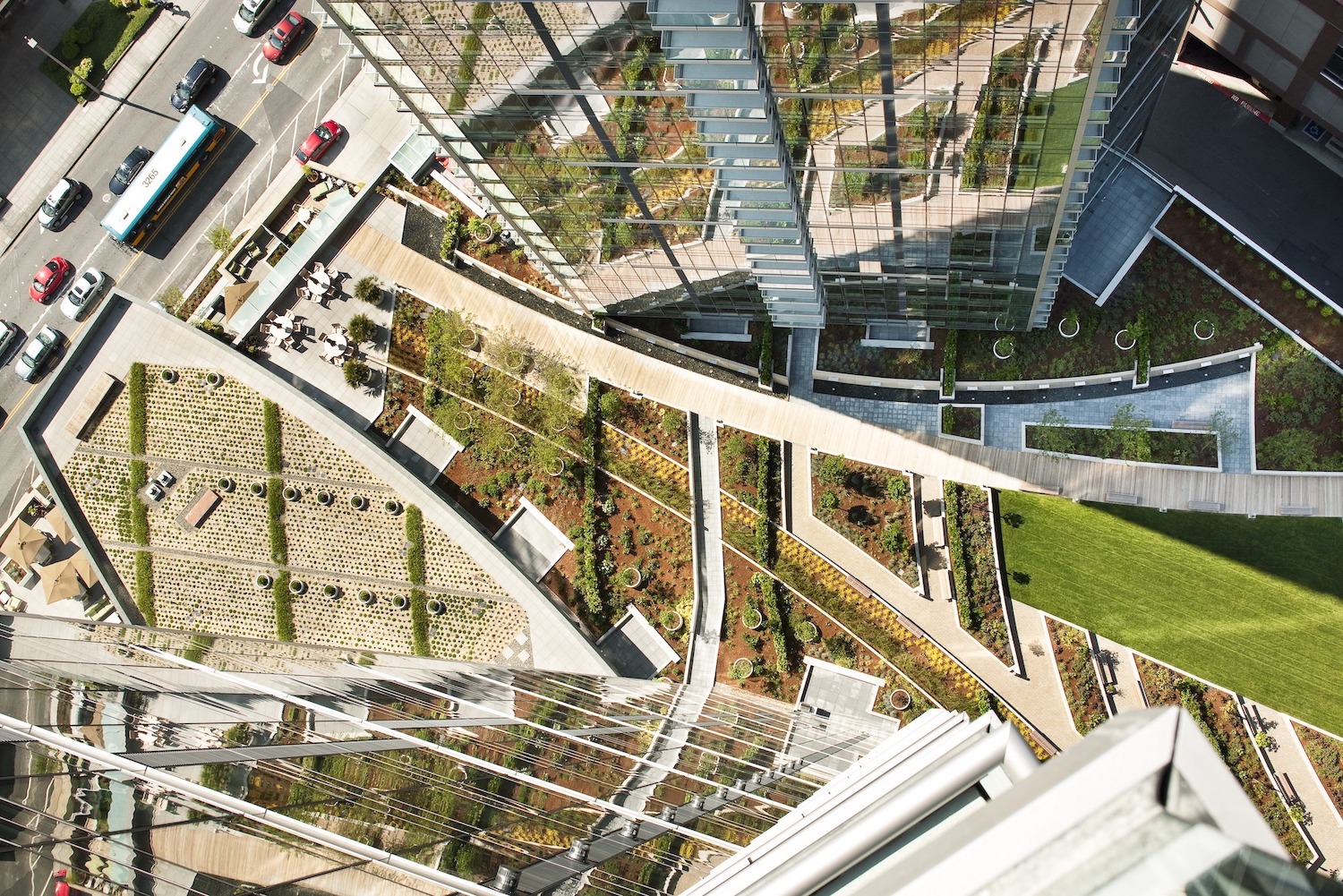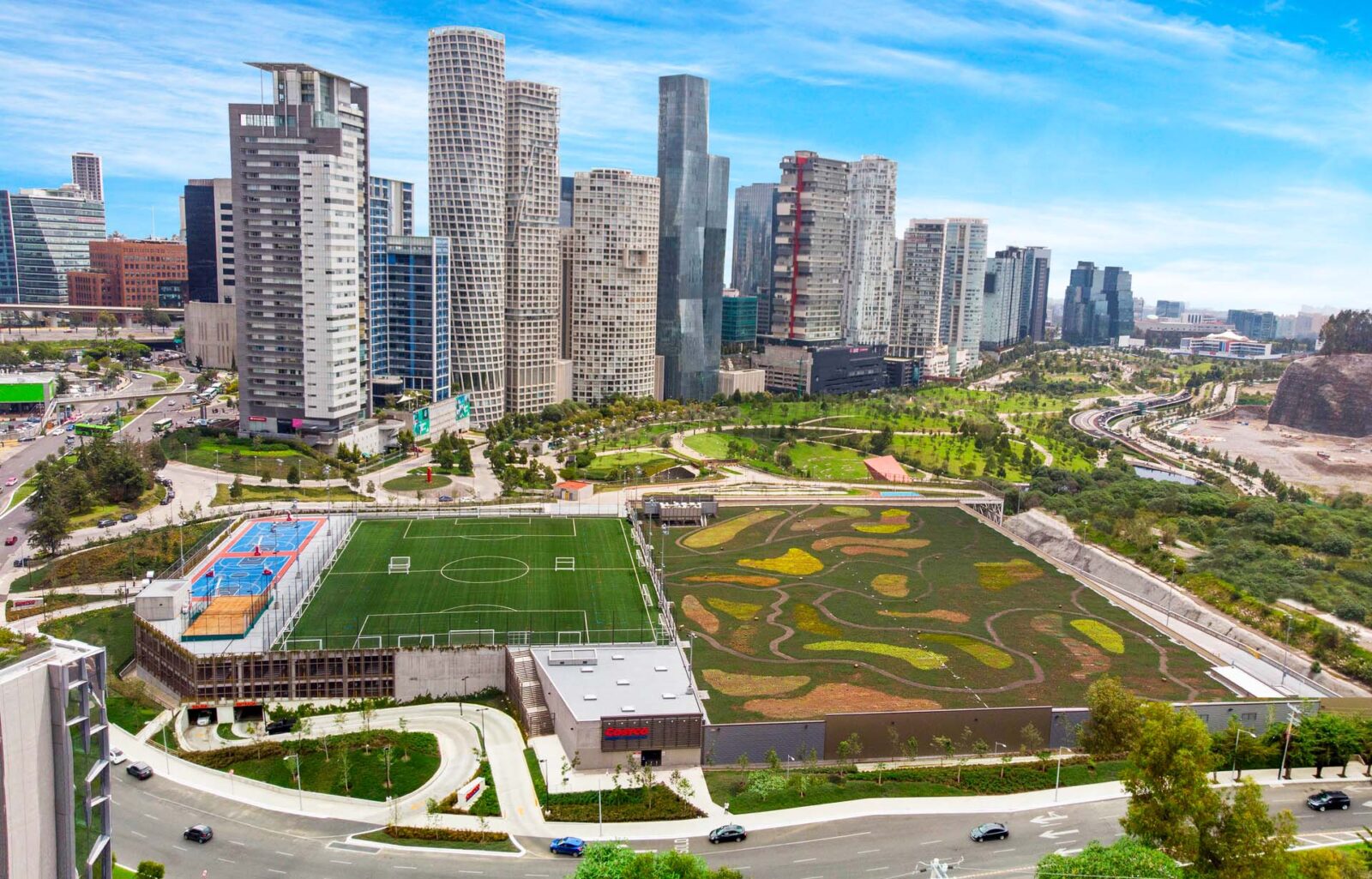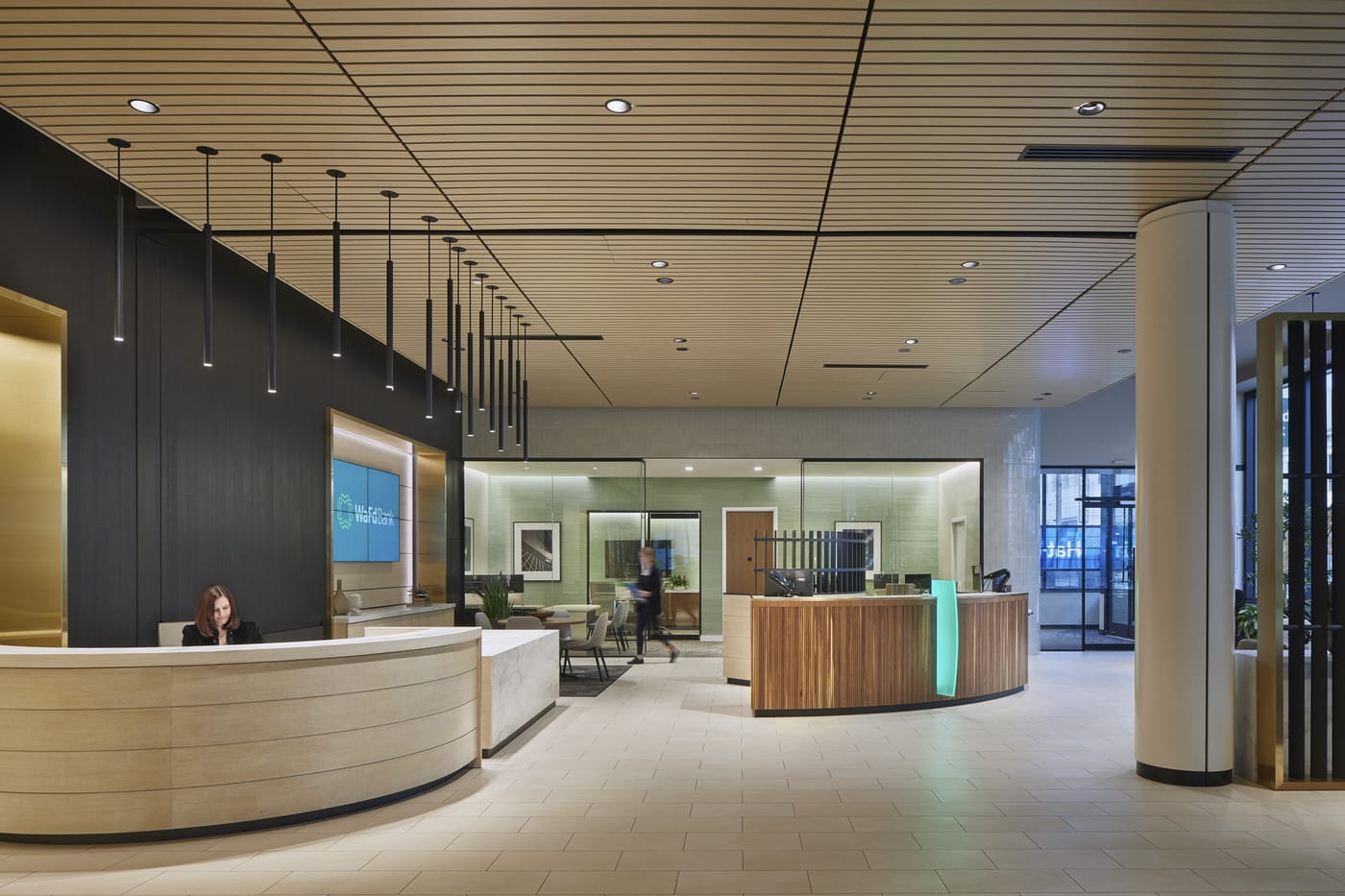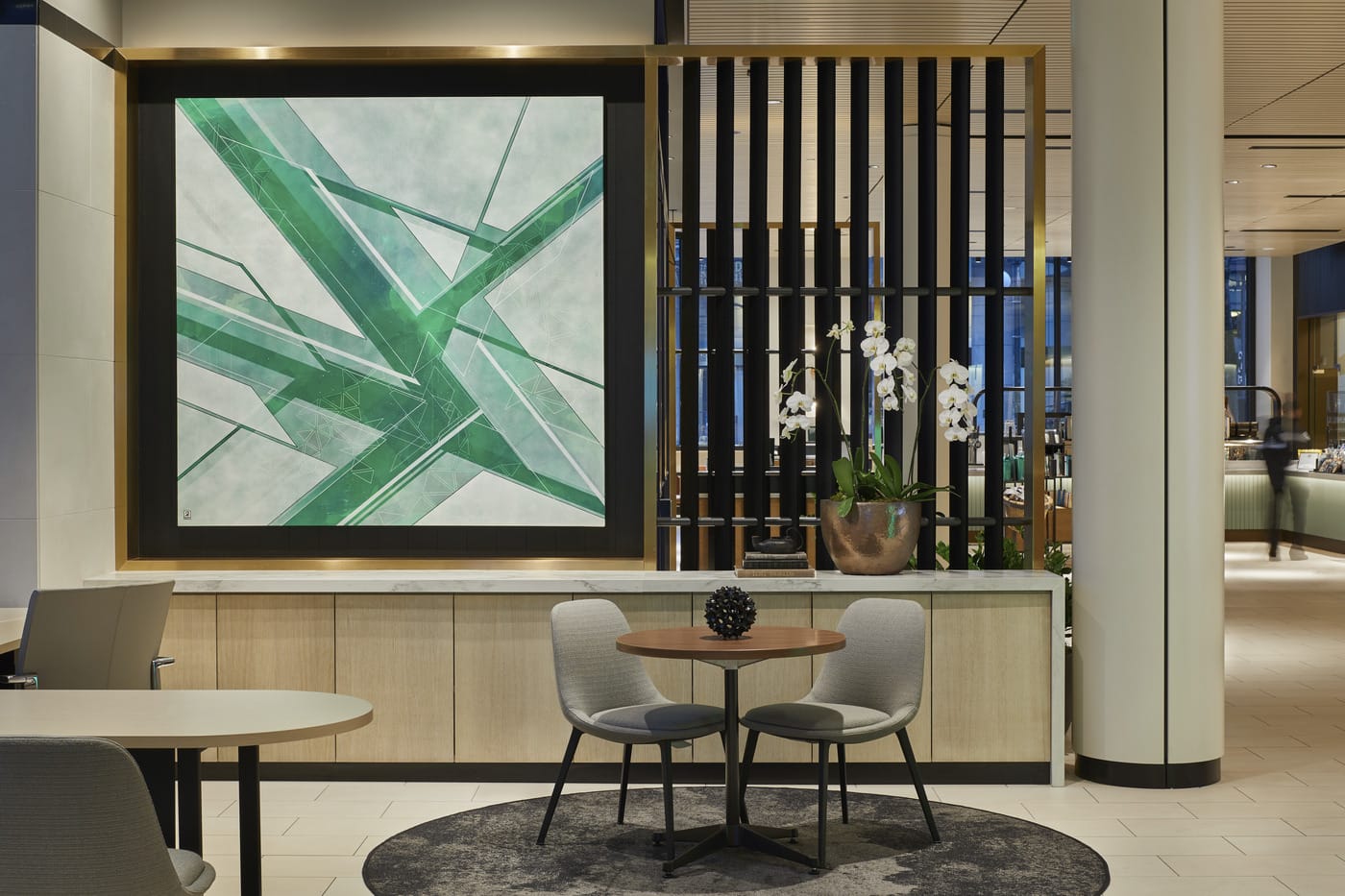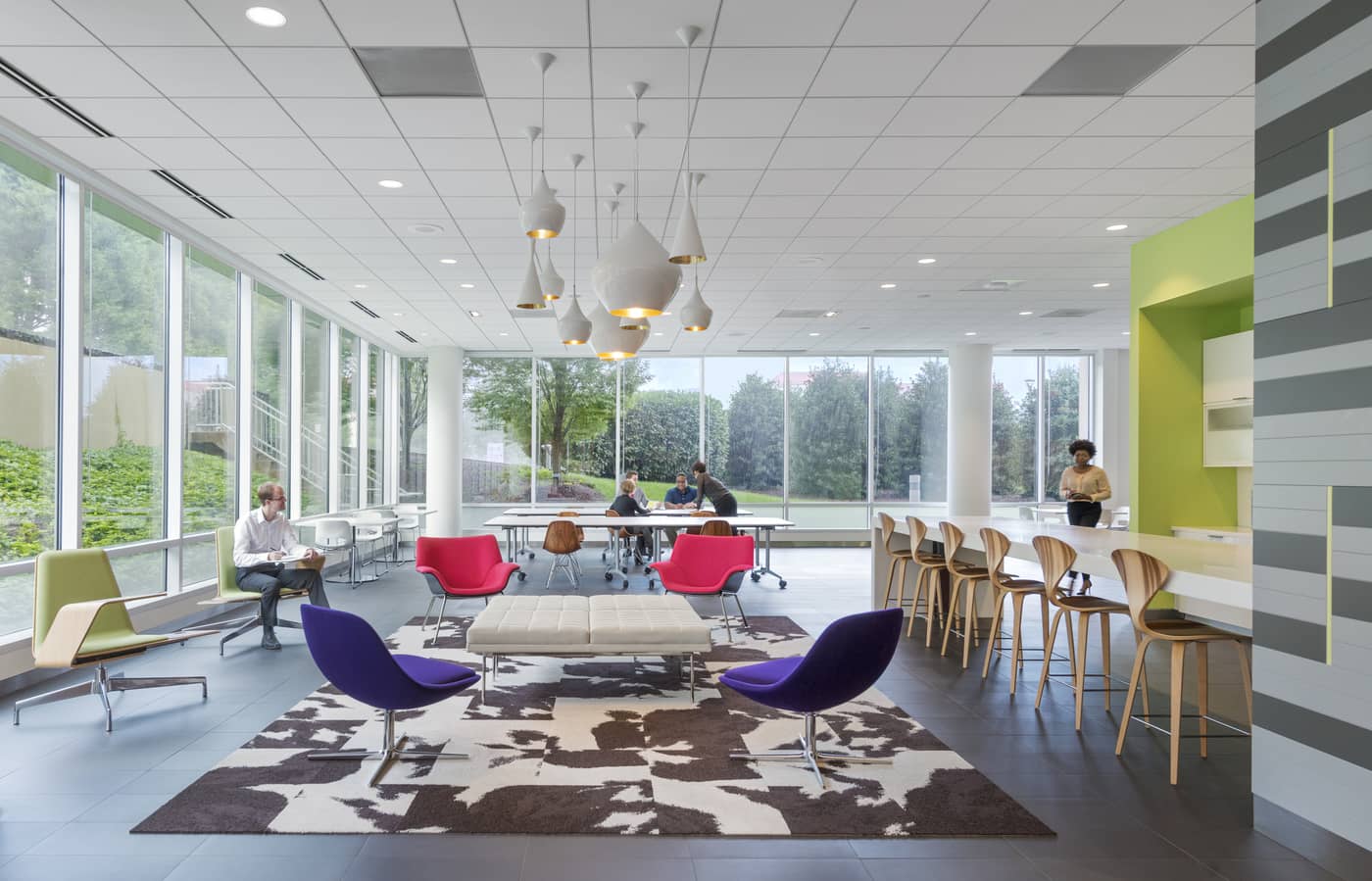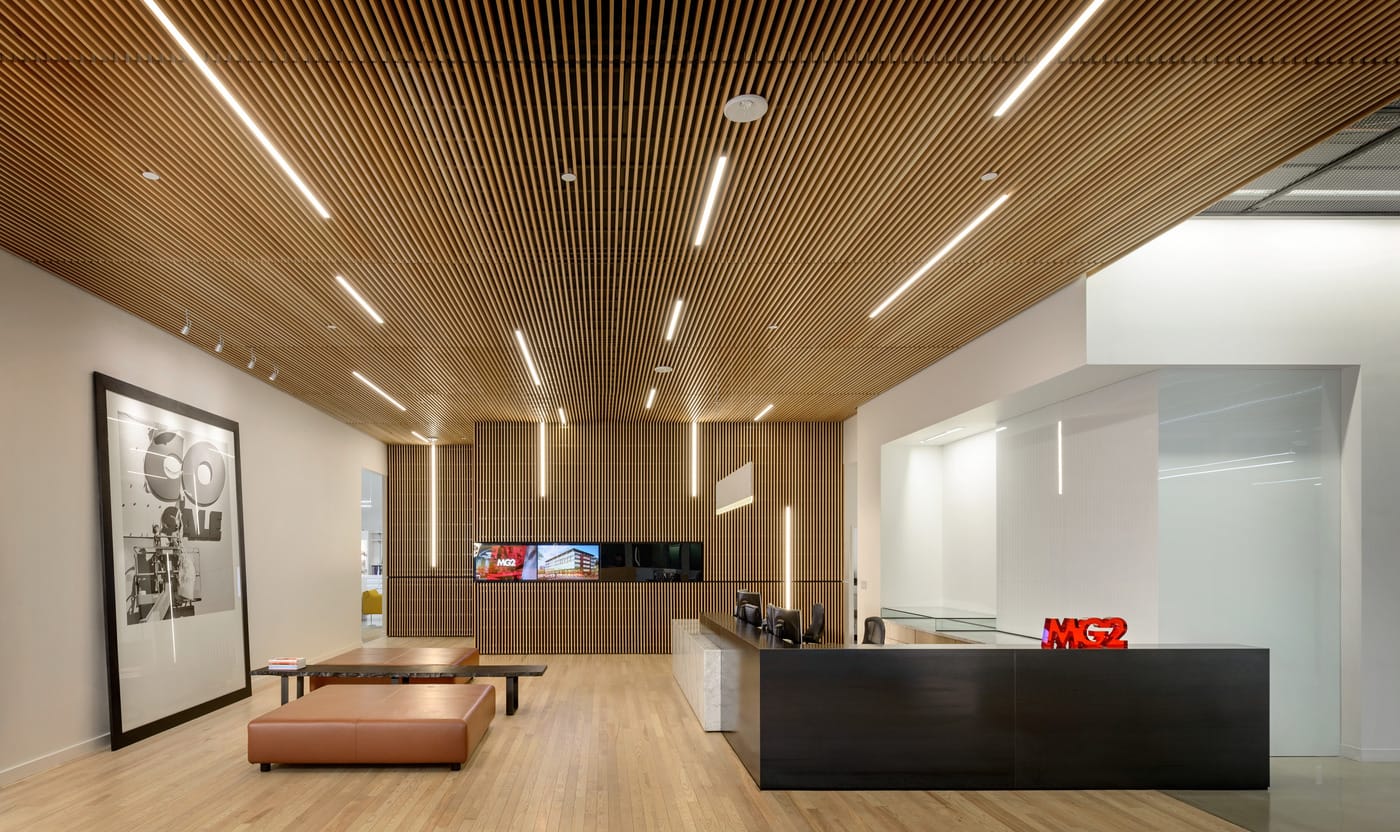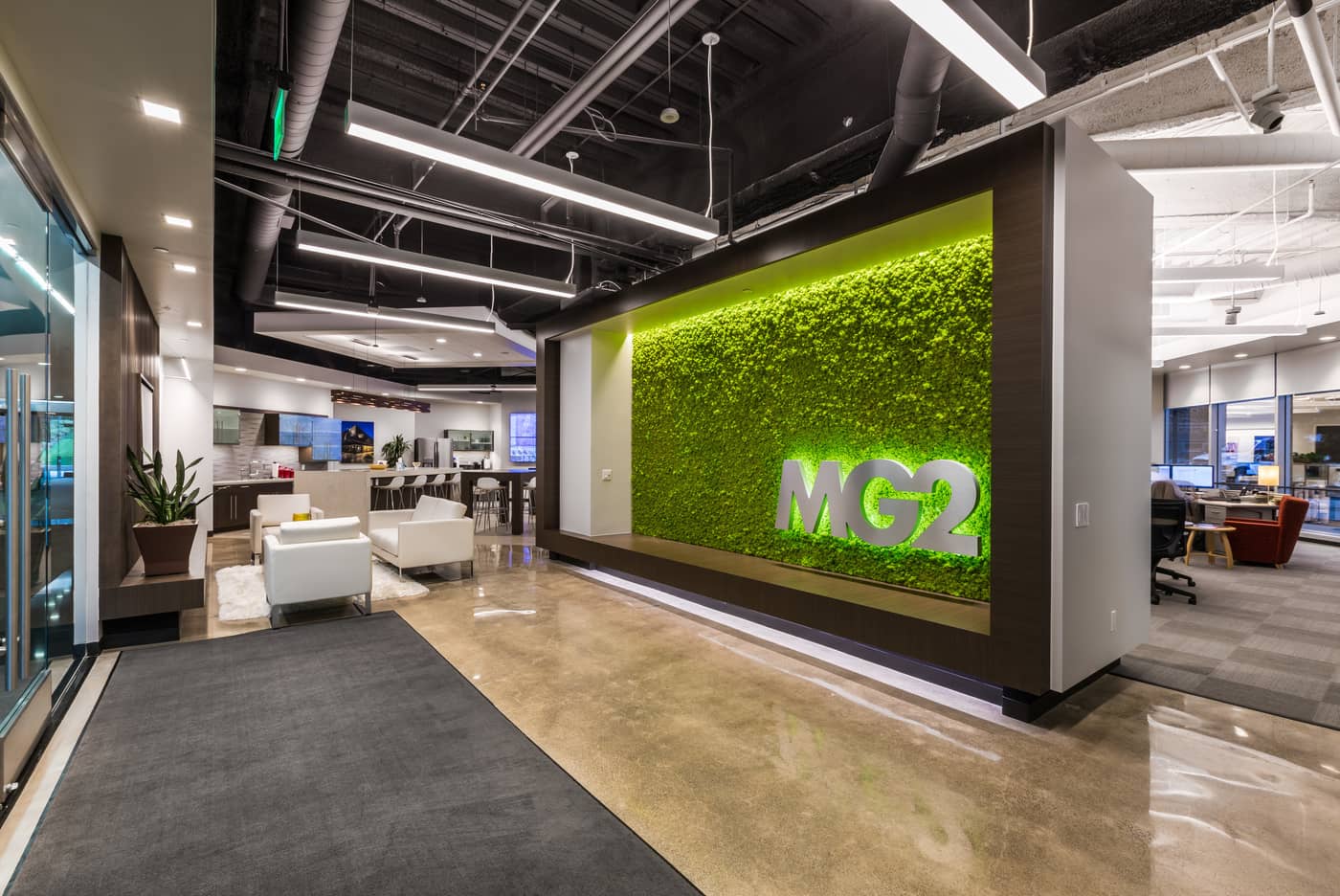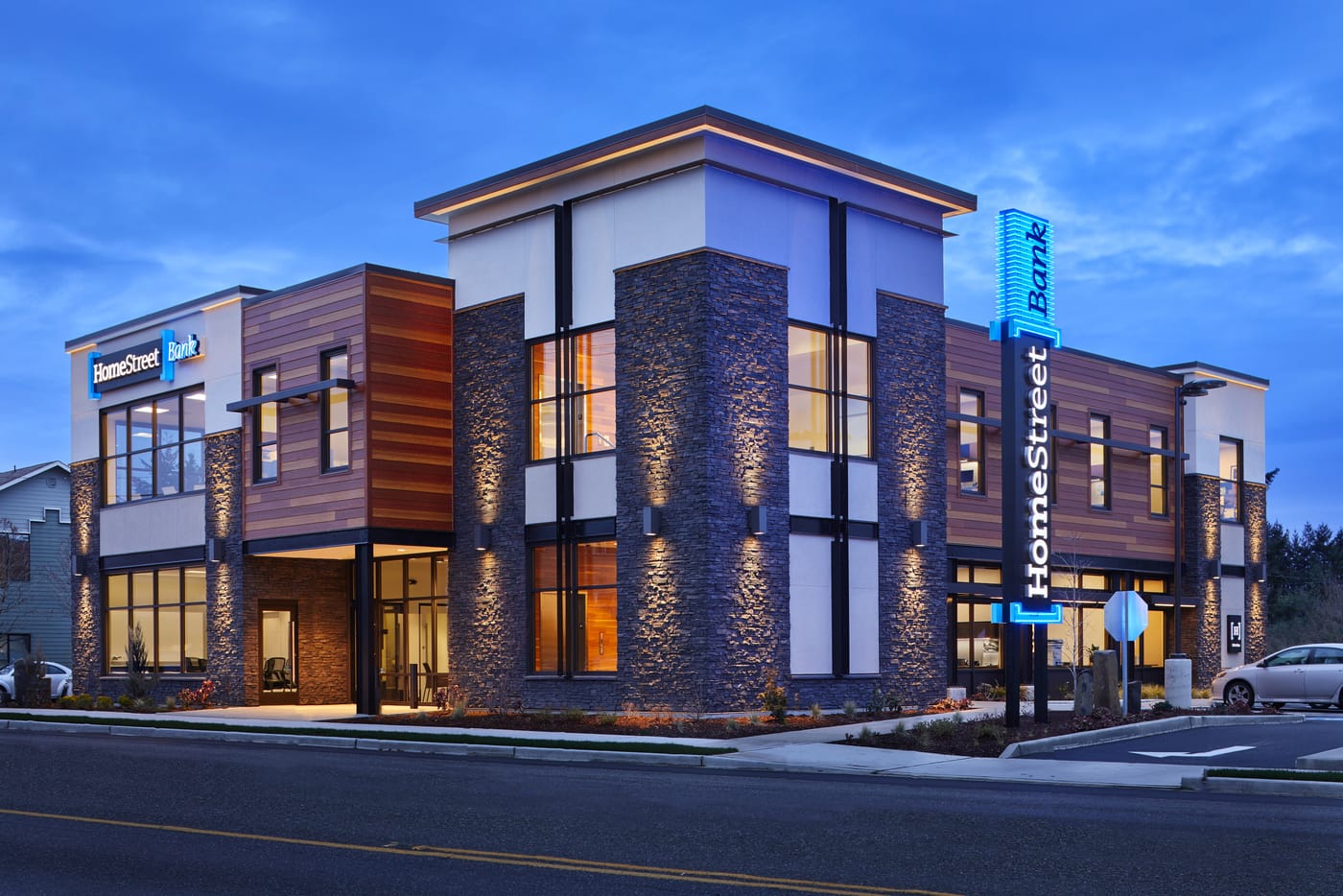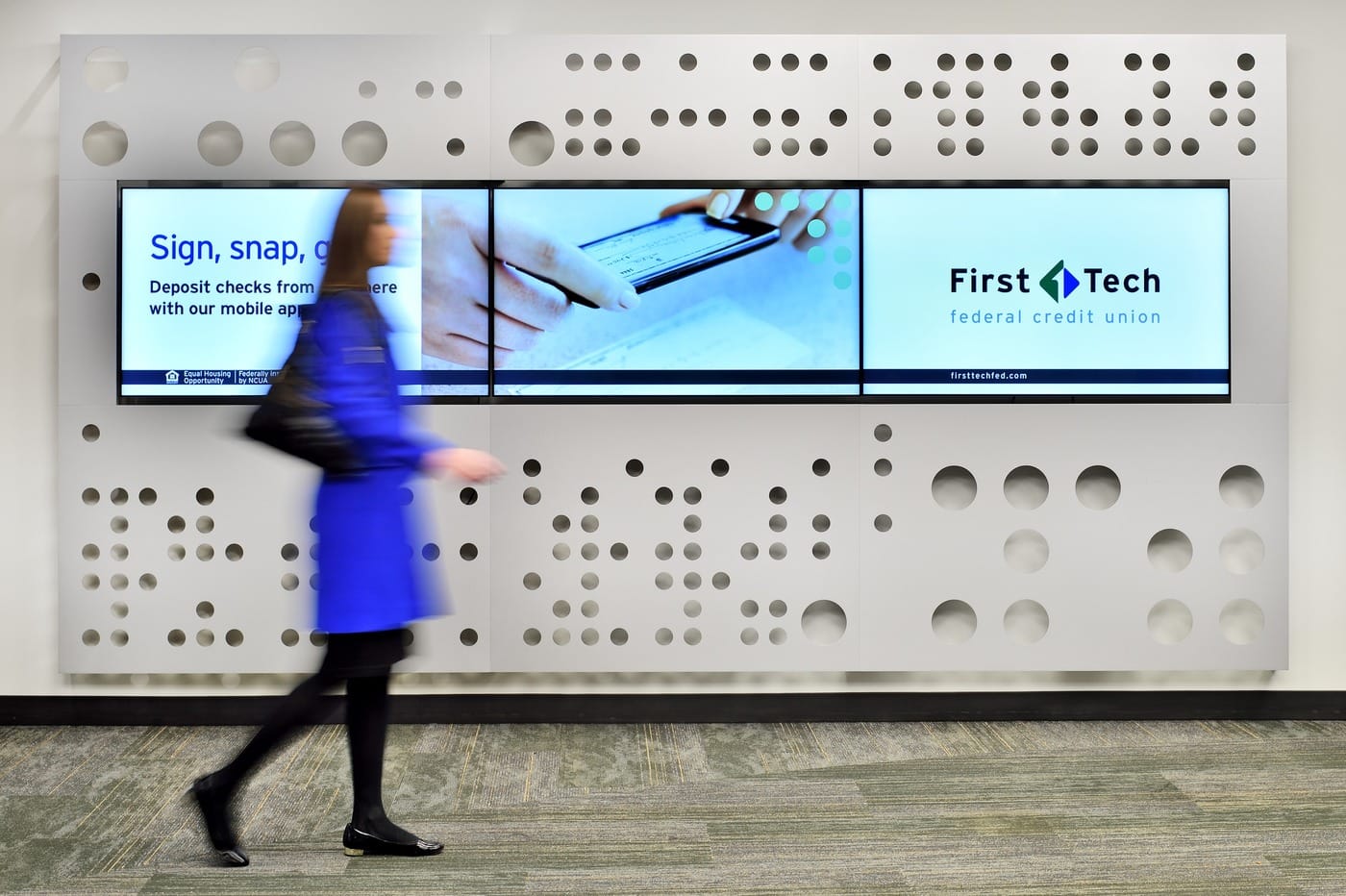社区环境
First Light

First Light, a 48-story mixed-use high-rise—retail, office, and luxury residential—in downtown Seattle, was designed as a livable piece of art. Its most prominent feature is a jaw-dropping, cantilevered rooftop pool that hovers over the city’s skyline. As Executive Architect, MG2 was charged with taking this complex project from design concept to final delivery.
At the tower’s base, “The Veil,” a permanent seven-story glass installation by sculptural glass artist John Hogan, wraps the podium in 10,000 glass discs, each individually set and angled. The local artist’s design creates an everchanging façade while also diffusing views and enhancing privacy. For residents, 20’ doors open to a lobby of polished concrete and stainless steel that features a custom Fazioli piano with more of Hogan’s glasswork integrated into the lid.

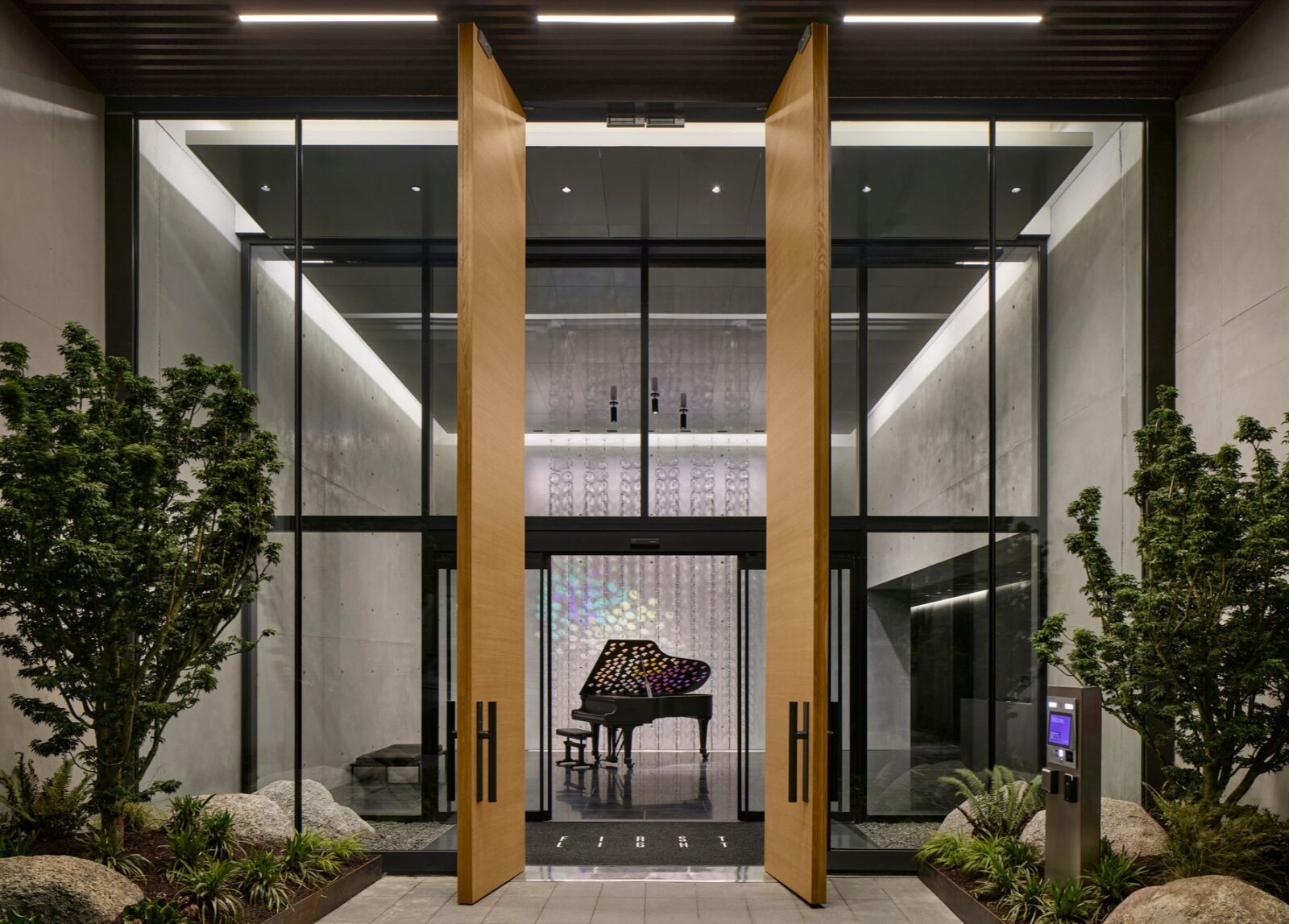
At the top of the tower and suspended over the city, the cantilevered pool deck is framed by panoramic views of downtown Seattle, Elliot Bay, and Mt. Ranier. V-shaped concrete columns support the pool deck and expansive amenity spaces, balancing engineering precision and the design’s vision to optimize structural integrity without compromising aesthetics.
The terraced clubhouse—with lounge areas, kitchen, and coworking, all with breathtaking, floor-to-ceiling views—fosters a seamless indoor-outdoor connection. A glass-enclosed, open-air Secret Garden, reached by private elevator, is landscaped with native ground covering and offers a Zen-like retreat.
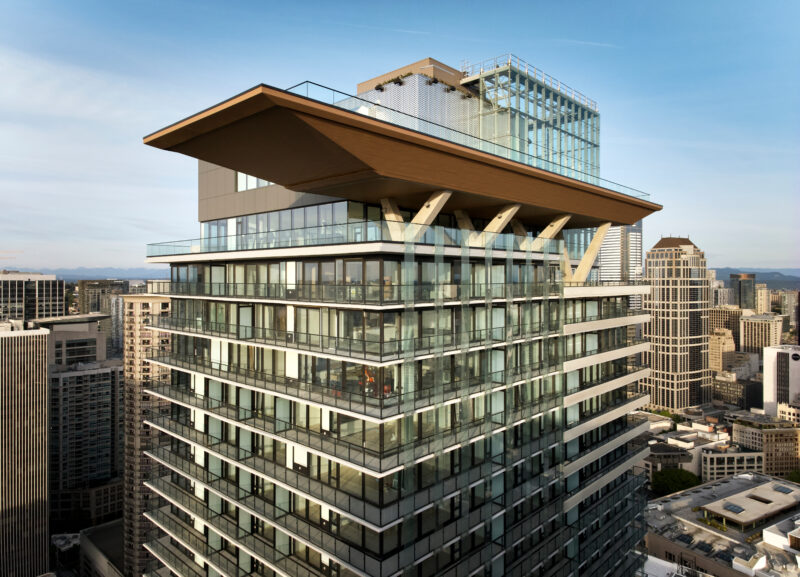
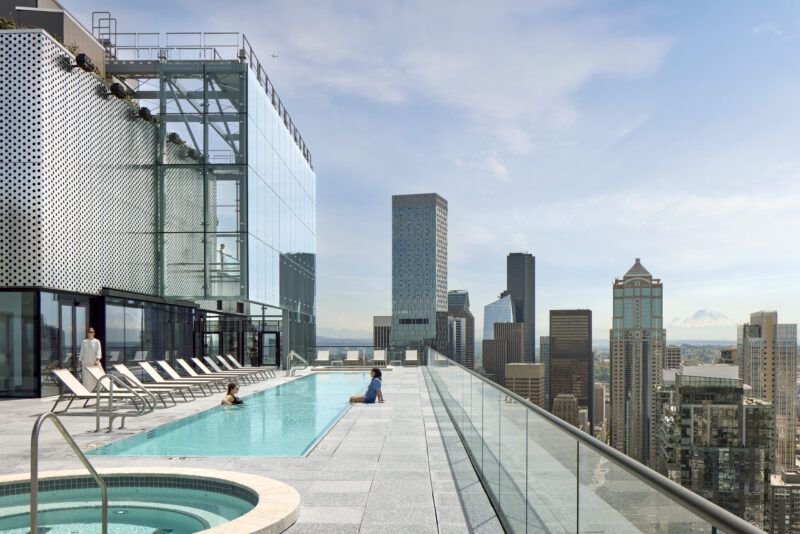
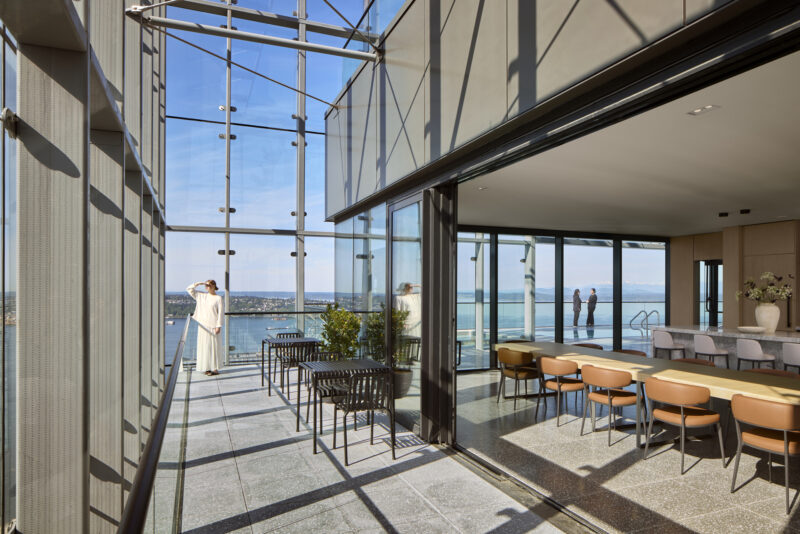
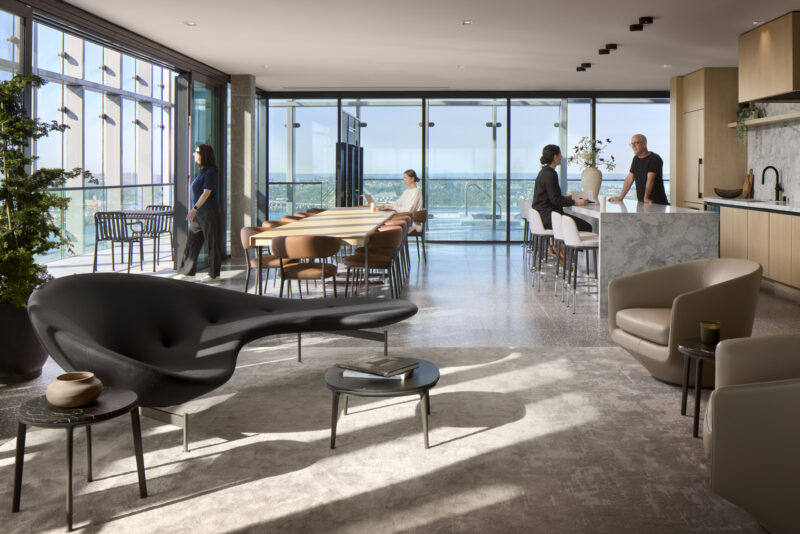

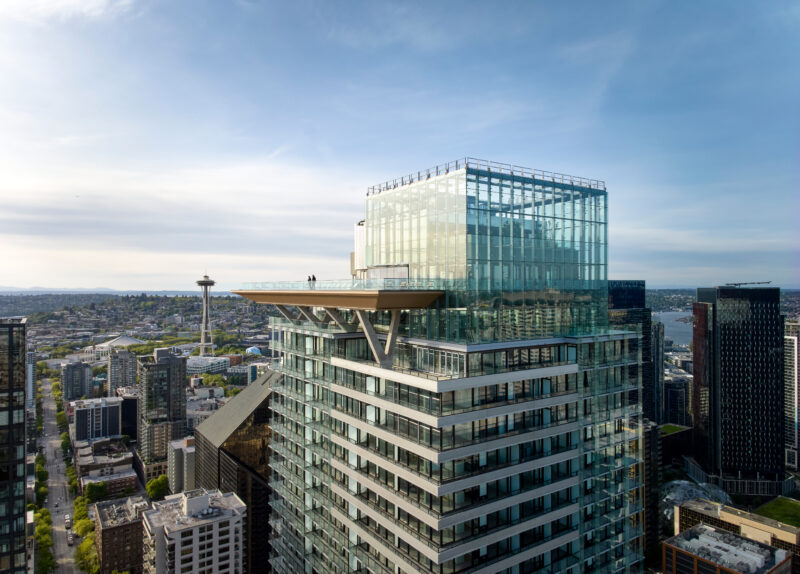
From sidewalk to rooftop, First Light is a physical embodiment of culture, a place where art, architecture, and everyday life converge. In collaboration with Westbank and James KM Cheng Architects, MG2 created a one-of-a-kind high-rise that embraces Seattle’s character and contributes a new presence to its skyline.

















